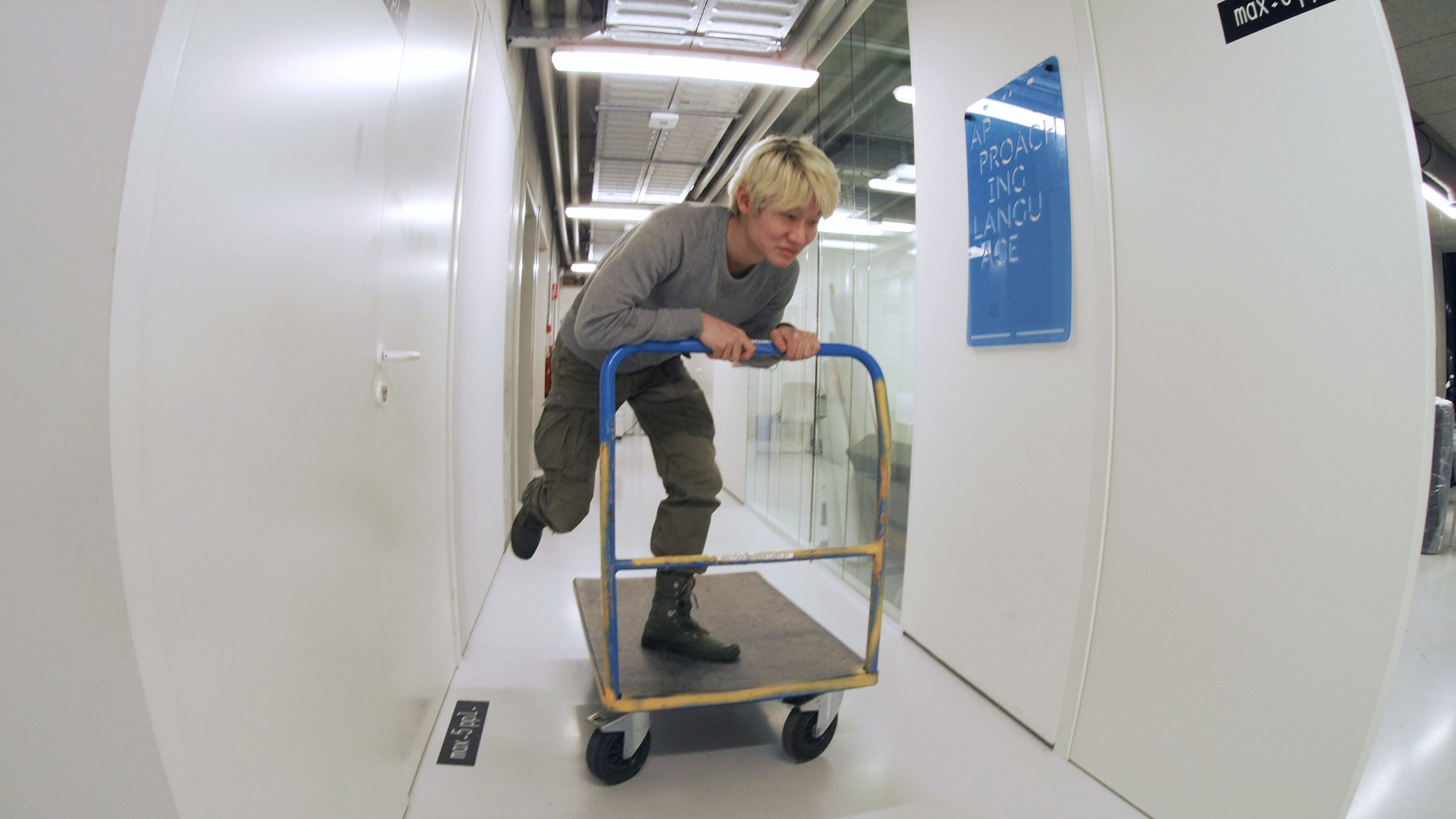The Capela de Nossa Senhora do Rosário dos Homens Brancos [Chapel of Our Lady of the Rosary of the White Men], most commonly known as Padre Faria Chapel, is a small church in Ouro Preto, Minas Gerais, whose bell tower bears a bronze bell cast in Germany in 1750. On April 21, 1792, this bell was the only one in the colony to toll in open disobedi- ence to the official order that forbade homage to the crown’s enemy. The bell tolled as regret for Tiradentes’ execution, the only Inconfidência Mineira [Minas Gerais Conspiracy] participant whose death sentence was not revoked. With the independence of Brazil and the Proclamation of the Republic, the Minas Gerais’ martyr was declared a national hero. And the bell that tolled in his homage became a symbol of the struggle for the country’s sovereignty and, in 1960, on another April 21, it was taken to Brasília, hoisted beside a replica of the cross used in the first mass held in Brazil, and rang for the new capital’s inauguration. On that occasion, President Juscelino Kubitschek acknowledged in his inaugural speech the desire to greet “the past and future of our country through two events linked by one common idea: that of making Brazil affirm itself as an independent nation.”
What does it mean to look back at that bell so symbolically charged by the colonial history, to feel the time that continues to settle on it, to reflect on how much time it spends basically in silence, despite the peals that resonate from time to time? How many peals and chimes would have to be heard today to mark each death caused by the State – like Tiradentes’ –, or by an omissive government that insists that our patriotic duty is simply to forget our past?
Over the 34th Bienal’s expanded exhibition duration, some works will be presented more than once, in different contexts and moments, to emphasize that nothing remains the same: not a bell, not those who hear or look at it, not even the world it inhabits. This bell’s history and image have already marked their presence in the Vento [Wind] exhibition at the Ciccillo Matarazzo Pavilion in November 2020. And some of the works now surrounding the bell have also been exhibited before in the same building, in important moments of Brazil’s and Bienal de São Paulo’s recent history. To rescue and show them again is a way to reaffirm the desire to build the 34th Bienal based on a poetics of repetition inspired by Édouard Glissant’ thought, whose writings also spiral back to the same ideas, repeating concepts that are, however, never the same because both the writer and the reader are never the same either. Gathered around the bell, works created in different times and places allude in a more or less direct and poetic way to the return, like tragedy or farce, of dark moments and to the need to resist them with ideas, bodies and songs.


